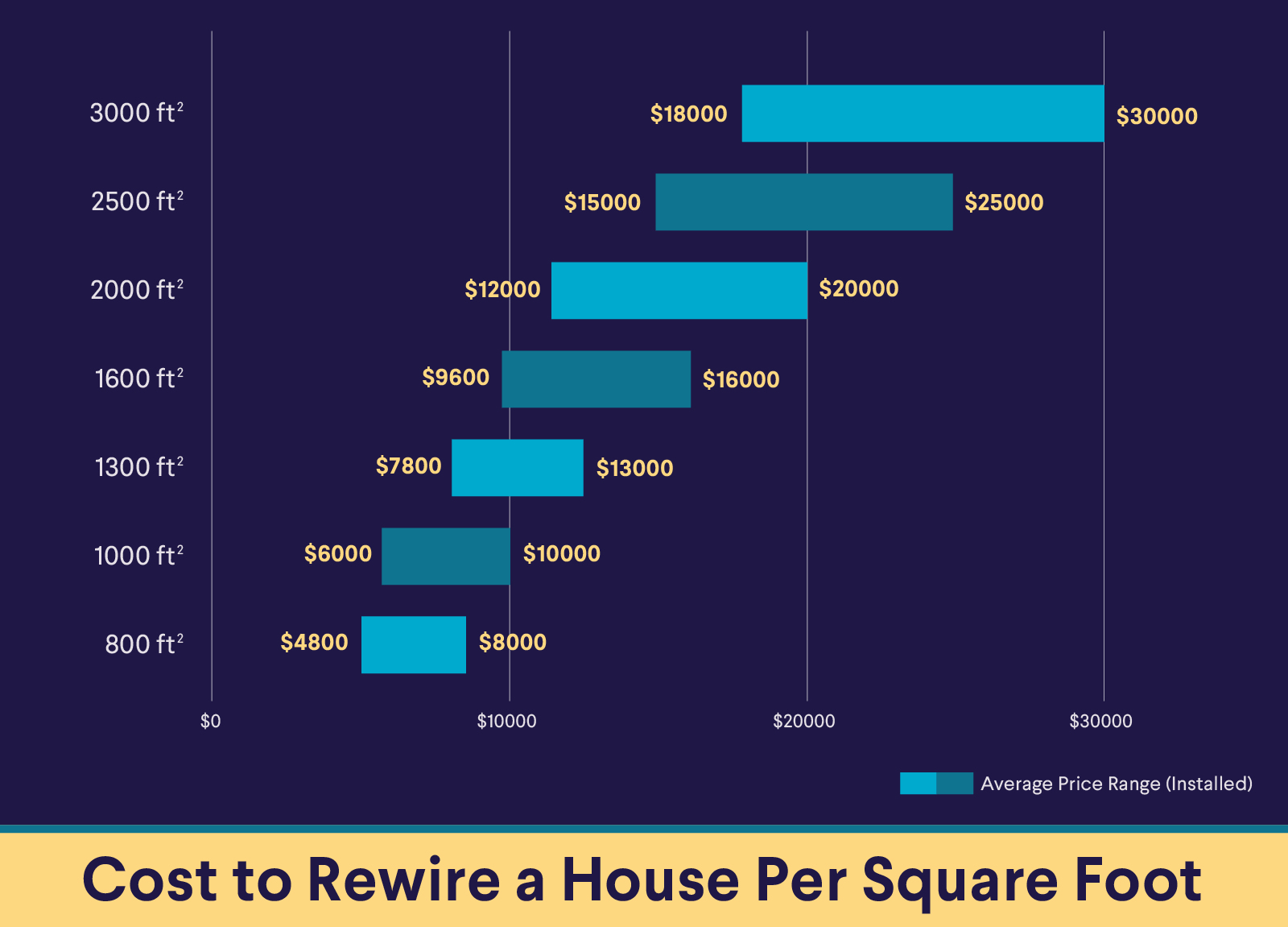Guide to Buying a Duplex
If you’re home shopping, you may be looking at duplexes. These properties are typically a single structure with two separate units. At face value, buying a duplex might seem like a BOGO (buy one, get one free) deal, but it isn’t as simple as purchasing two homes for the price of one.
It’s important to analyze the pros and cons of buying a duplex before you start bidding or sign a contract. In this guide, you’ll learn about the following topics:
Key Points
• Assessing financial concerns and creating a budget is crucial before purchasing a duplex.
• Researching the real estate market will help a buyer understand duplex pricing and availability.
• Thorough property inspections are necessary to identify any required repairs or renovations.
• Evaluating potential rental income is important to find a leasing scenario that can offset mortgage costs.
• Understanding legal and zoning requirements is essential for anyone considering duplex ownership.
Defining ‘Duplex’
A duplex is composed of two living units on top of each other or side by side.
Duplexes have separate entrances for each occupant. That means single-family homes that have been subdivided typically do not count as duplexes.
For a side-by-side duplex, both entrances are likely on the street. If a duplex is stacked, the second-floor occupant might share an exterior entrance with the first-floor occupant, and then have an entrance to themselves upstairs.
In addition to private entrances, the units have their own bathrooms, kitchens, and other living features. In terms of the exterior, occupants may share a backyard, garden, or driveway.
Every duplex has one thing in common: a shared wall. If the duplex units are side by side, the occupants will share a wall. One on top of the other? Occupants share a ceiling/floor.
Just because properties share a wall doesn’t inherently make them a duplex. Sometimes duplexes are confused with twin homes.
A twin home may look like a duplex, but the shared wall is in reality the lot line between the two homes. So it’s two connected properties, each on its own lot. A duplex is two properties, owned by the same person, on a single lot.
The square footage of each duplex half is typically quite similar to the other. In many, occupants will find that the layouts mirror each other (if they’re side by side), or duplicate exactly (if they’re on top of each other).
Properties with carriage houses or guesthouses are not considered duplexes: They usually do not share walls, and the smaller residence is considered an accessory dwelling unit or ADU.
Duplexes fall in the category of multifamily dwellings, which also includes triplexes and quads (aka fourplexes). According to the National Multifamily Housing Council, more than 17 million renters (or about 17% of all renters) live in two- or four-unit dwellings.
The appeal of multi-family structures, including duplexes, has increased in recent years, with mortgages becoming more easily available and with down payments as low as 5%.
First-time homebuyers can
prequalify for a SoFi mortgage loan,
with as little as 3% down.
Benefits of a Duplex
Duplexes have the exciting “two for one” energy, which can make buying them enticing. The style of living comes with benefits for the buyer, including:
• Income to help with mortgage. Duplex owners who decide to live in one of the units can rent out or Airbnb the other, making income to help offset the monthly mortgage payments and upkeep.
• Potential tax benefits. Mortgage interest is tax-deductible for a primary or secondary home if the home acquisition debt is $750,000 or less ($375,000 for a married couple filing separately).
Resident duplex owners can write off mortgage interest and property tax only on the half of the property they live in. However, if they have a renter, they can write off repairs to that unit, any utility bills paid for the rental, and management fees. The IRS even allows the owner to depreciate the rented half of the property.
• Flexibility in the future. Having two homes on one lot opens up options for owners. They can rent out a unit or use it as an office or studio space. In the future, the unit could become an apartment for aging parents or a guest suite for visiting family members.
• Landlord proximity. If a duplex owner is getting into the landlord business for the first time, it might be beneficial to live close to the tenant. In the event of a repair or emergency, the tenant is just steps away.
Additionally, because of landlord proximity, duplex owners might find that renters keep the home in better condition. If the landlord is living on the property, a tenant might be less likely to abuse features or leave problems unreported.
A duplex could also be a good opportunity to live next to a family member or close friend. It means both parties live on the same property but not with each other. For some arrangements, it’s a good balance between living together while also apart.
• Affordability. If you’re wondering how much duplexes cost, know this: A duplex by definition is two properties with a single price, and can be more affordable than two single-family homes. The appeal of multi-family structures has increased in recent years as mortgages have become more easily available, and down payments can be as low as 5%.
Recommended: Factors That Affect Property Value
Drawbacks of a Duplex
Double the property doesn’t always mean double the fun. Here’s why a duplex might not be the right fit for all buyers:
• Affordability. Duplexes may often be located in more affordable neighborhoods, and two properties in one sounds like a deal — but when the numbers are crunched, the duplex price may be higher than that of a single-family home nearby.
• Acquisition costs. If a duplex buyer does not plan to occupy the property, the down payment will typically be at least 15% of the purchase price.
• Insurance. Multifamily homeowners coverage, known as landlord insurance, will usually be more expensive (often as much as 25% more) for an investment property. This can be a key concern when thinking about how to buy a duplex.
• Tax season could be complicated. Yes, a homeowner can offset costs with a tenant in a duplex, but they’ve just signed themselves up for a more complicated tax scenario than with an owner-occupied single-family home.
• Landlord responsibilities. Many homebuyers are drawn to the idea of a duplex because they can generate income while living there. However, being a landlord isn’t just about collecting rent checks each month. Duplex owners are responsible for their renter’s unit, meaning fixing issues and being available for general repairs.
No one wants to address an overflowing toilet at 2 am, but as a landlord, that might well be a reality. It’s a 24/7 job, and not only will a duplex owner be responsible for fixing the issues, but the cost of repairs will have to come out of their pocket.
• Finding good tenants. Finding renters can be challenging. Owning a duplex doesn’t automatically guarantee extra income, and the process of finding reliable renters can be time-consuming. Plus, duplex owners will have to start the process anew each time a tenant moves out.
Remember, if the second dwelling is unoccupied, the duplex owner still owes the same amount each month. Before buying a duplex, it’s worth considering how much time owners can put into searching for the right tenant, and if they want to have that responsibility long term.
• Bad tenants. Let’s face it, not all tenants will be perfect. In reality, they could be loud, rude, messy, and/or late on rent. There are a multitude of things that could go wrong with a renter, and duplex owners should be comfortable bringing issues to the table. Owners who decide to live onsite could get stuck with a less-than-considerate neighbor.
Recommended: 31 Ways to Save for a Home
Estimate a Mortgage Payment for a Duplex
Now that you know about the pros and cons of owning a duplex, if you’re still interested in the idea of purchasing one, use the mortgage calculator below to get an estimate of what future mortgage payments would be.
Recommended: 25 Things to Know When Renting Out an Airbnb
Obtaining a Mortgage
If, now that you know the pros, the cons, and the costs, you are still ready to move ahead, the next step in how to buy a duplex would be financing your purchase. A potential duplex buyer can apply for a Fannie Mae loan with 5% down if they plan to live in the multifamily home themselves.
Other options for a buyer who plans to occupy one of the units is a 2-, 3-, and 4-unit (multifamily) home FHA loan, a VA loan, or conventional financing. (Investors are limited to conventional mortgage loans.) FHA loans can be a good choice for first-time home buyers, or those with less-than-perfect credit.
Check out our first-time home buyers guide for additional information on mortgages, loans, and closing costs.
Applicants may be able to use projected rental income to qualify for a loan. For rental income to be taken into account, though, renters usually must have already signed a lease. And not all of the projected income applies; a percentage is usually subtracted to account for maintenance and vacancies.
It makes sense for would-be buyers to have a good feel for their budget, as well as the potential costs associated with buying a property.
Knowing whether you plan to live at the address or rent out both units is a big consideration. Investors sometimes need a higher down payment than owner-occupants do. And if your down payment is less than 20%, you’ll need to have private mortgage insurance as well.
The Takeaway
Buying a duplex can be a great opportunity to own two properties, perhaps occupying one and earning rental income on the other. But there are pros and cons to be considered, as well as implications for your finances.
Looking for an affordable option for a home mortgage loan? SoFi can help: We offer low down payments (as little as 3% - 5%*) with our competitive and flexible home mortgage loans. Plus, applying is extra convenient: It's online, with access to one-on-one help.
SoFi Mortgages
Terms, conditions, and state restrictions apply. Not all products are available in all states. See SoFi.com/eligibility-criteria for more information.
SoFi Loan Products
SoFi loans are originated by SoFi Bank, N.A., NMLS #696891 (Member FDIC). For additional product-specific legal and licensing information, see SoFi.com/legal. Equal Housing Lender.
*SoFi requires Private Mortgage Insurance (PMI) for conforming home loans with a loan-to-value (LTV) ratio greater than 80%. As little as 3% down payments are for qualifying first-time homebuyers only. 5% minimum applies to other borrowers. Other loan types may require different fees or insurance (e.g., VA funding fee, FHA Mortgage Insurance Premiums, etc.). Loan requirements may vary depending on your down payment amount, and minimum down payment varies by loan type.
Financial Tips & Strategies: The tips provided on this website are of a general nature and do not take into account your specific objectives, financial situation, and needs. You should always consider their appropriateness given your own circumstances.
Tax Information: This article provides general background information only and is not intended to serve as legal or tax advice or as a substitute for legal counsel. You should consult your own attorney and/or tax advisor if you have a question requiring legal or tax advice.
SOHL-Q424-137
Read more




